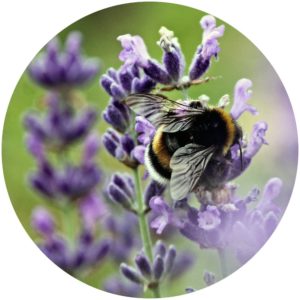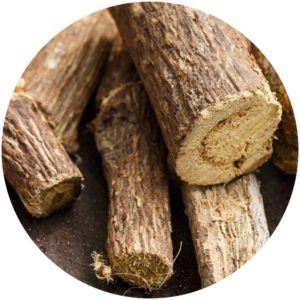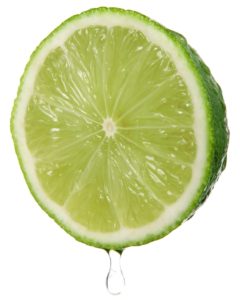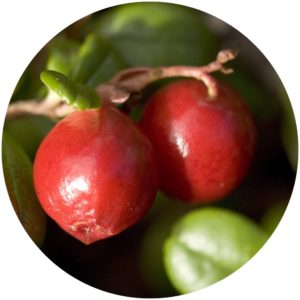Definition Guide for skin and hair care terms. A to Z Glossary of hair & skin ingredients with effective results. Updated regularly.
A | B | C | D | E | F | G | H | I | J | K | L | M
N | O | P | Q | R | S | T | U | V | W | X | Y | Z
L
- L-Ascorbic Acid
- L-Ascorbic Acid is a potent form of Vitamin C. It is fresh and concentrated. L-ascorbic acid is a vitamin C that can be applied as a topical skin treatment. Vitamin C is the only antioxidant proven to stimulate collagen production.
- L-Cysteine
- L-Cysteine is necessary to build Keratin. Hair is 14% cysteine. It is included in some hair growth supplements.
- L-Methionine
- L-Methionine is for hair structure and strength. It is included in some hair supplements to prevent hair breakage and thinning mid-length.
- Lactic acid
- Lactic acid exfoliates and brightens skin. It is an organic aHA gentler than glycolic acid. Lactic acid holds moisture while increasing firmness and skin thickness.
- Lactobacillus Ferment
- When used topically, a probiotic to maintains the microbiome for a healthy skin barrier, reducing skin issues such as acne.
- Lanolin
- Lanolin is a natural oil from sheep’s wool. It is easily absorbed and protects and soothes skin. Commonly used in lip balms and moisturizers.
-
Lavender Essential Oil
- Lavender Oil softens and conditions the hair and skin. Lavender’s anti-microbial and anti-bacterial properties keep skin and the scalp healthy. It has soothing properties to calm any scalp imbalances such as inflammation or dry skin flaking. This is beneficial to remove dry skin patches where DHT might accumulate. The linalyl acetate in lavender enhances cell growth in skin and hair. Some lab studies show promise in lavender inducing faster hair growth. [1]
- Lecithin
- Lecithin is a fat found in plants like soybeans. It enhances the hair’s natural barrier, smoothing each shaft to renew the outer layer of the hair. Damaged hair has a ragged cuticle, making hair look dull.
- Lemon (Limon) Peel Oil
- Lemon/Limon peel contains concentrated vitamin C to build collagen, fade age spots and rejuvenate photodamage. Vitamin C reduces excess oil production, shrinks pores, and exfoliates dead surface skin. These reduce the formation of adult acne while treating skin aging.
 Lemon Peel Oil is also a natural exfoliator and skin purifier. [2]It alleviates skin inflammation [3] and reduces certain infection-causing bacteria. [4]
Lemon Peel Oil is also a natural exfoliator and skin purifier. [2]It alleviates skin inflammation [3] and reduces certain infection-causing bacteria. [4]Direct, undiluted application of lemon peel oil can be excessively drying to the skin, but it works well within a balanced formulation.
- Lemongrass
- The leaves and oils of the Lemongrass plant are used for a variety of ailments including rheumatism and achy joints.
Lemongrass as an essential oil has a fresh, calming, citrus scent. It also is a bug deterrent. Some use as a diluted topical for oily skin, to detoxify, and spot acne treatment.
- Lentigines
- Age spots.
- Lentinus Edodes
- Lentinus Edodes is Shiitake Mushroom or Shiitake Extract Ferment Filtrate.
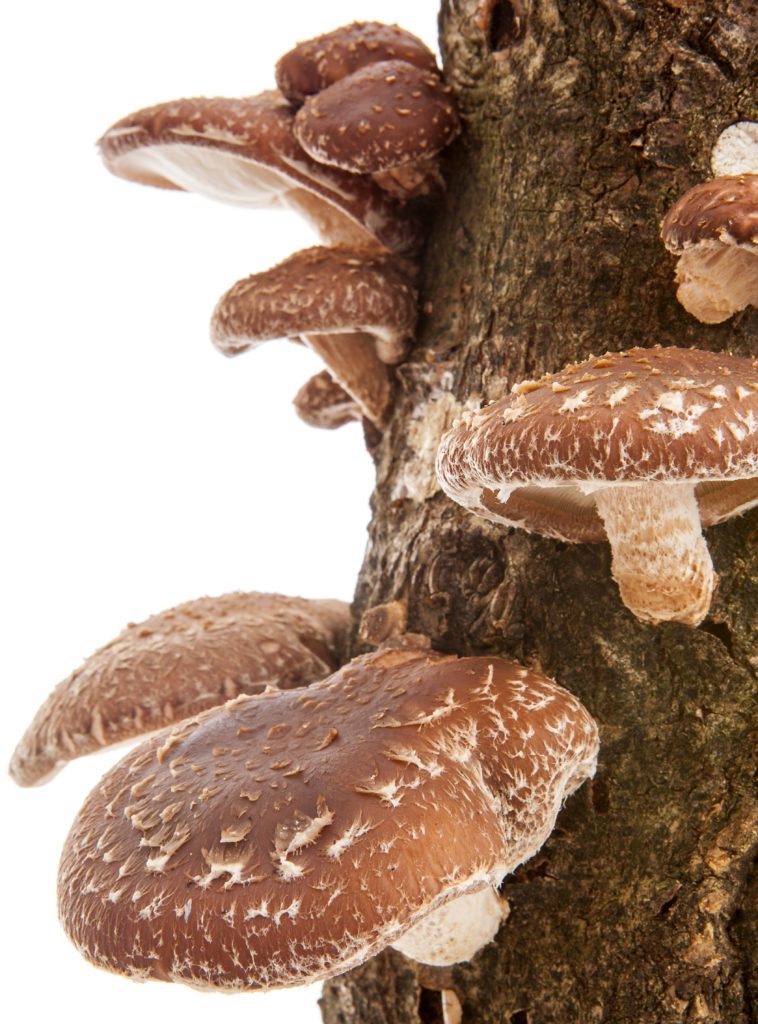
Shiitake mushroom.
Shiitake is the anti-aging mushroom. It improves skin elasticity and protects against environmental damage.
Shiitake is a biodynamic ingredient. It slows aging by reinforcing the skin’s biological protection mechanisms. [5] It is ideal for protecting sensitive and delicate skin. It also helps restore sun-damaged skin. [6]
Shiitake contains kojic acid. Kojic acid lightens discoloration.
Shiitake also contains copper, which stimulates collagen, elastin, and hyaluronic acid production.
And Shiitake mushrooms contain selenium to decrease irritation and calm inflammation.
- Licorice Root
-
Licorice root benefits skin and hair. Licorice root contains glabridin, a potent antioxidant that soothes skin. It lightens dark circles gently, improves uneven tone and skin redness. it is safe for even sensitive skin. [7]
Licorice Root Extract has hair regrowth capabilities. A study showed the Licorice Root infusion safely treated Alopecia with better clinical results than Minoxidil. [8]
Licorice root is an excellent scalp moisturizer you since it preserves the natural oils of the hair and does not dry out your scalp. Licorice Root extract also treats chemical hair damage with gentle moisturizing properties while leaving hair silky.
- Lime Peel Oil
- Lime Peel Oil is formally known as Citrus Aurantifolia.
- Lime Peel Oil is an antioxidant. It has skin-toning properties and can fade discoloration.
- Lime Peel Oil is particularly effective when used in a formulation with multiple moisturizing buffers, but it is quite powerful and can be too strong for sensitive skin.
- When using Lime Peel Oil, dilute with a soothing carrier oil or buffering cream.
- Lingonberry Stem Cells
-
Lingonberry stem cells increase natural antioxidant mechanisms in skin cells. This decreases skin irritation and inflammation. Lingonberry is a superfruit. It is rich in vitamins C and E, both excellent for repairing and preventing sun damage.
- Linoleic acid
- Linoleic acid (Vitamin F) is an omega-6 fatty acid with skin barrier-strengthening, healing, hydrating and anti-inflammatory properties.
- Linseed Oil
- Linseed Oil helps hair damaged by styling tools. High in Omega 3s, Linseed can be massaged into the scalp to nourish the hair for new growth, and restore damaged hair.
- Lithothamnion Calcareum
- Lithothamnion Calcareum is Red Algae. Red Algae is a natural source of Astaxanthin. It enhances the skin’s barrier function, replenishes moisture, and increases its moisture-retention capabilities.
- Lupeol
- Lupeol is an anti-inflammatory, derived from Mimosa flower Absolut, which benefits oily and sensitive skins.
- Lutein
- Lutein is a carotenoid that comes from marigolds.
We may best know it as an “eye vitamin” but topical Lutein promotes the regeneration of new tissue and soothes damaged skin.
- Lysine
- An essential amino acid, Lysine strengthens the skin’s surface, helps to hydrate skin, clears acne, and supplies collagen-making components to the skin. Vital to healthy, beautiful skin.
References
- Lee BH, Lee JS, Kim YC. “Hair Growth-Promoting Effects of Lavender Oil in C57BL/6 Mice. ToxicolRes 2016;32:103-108.
- Man, Adrian et al. “Antimicrobial Activity of Six Essential Oils Against a Group of Human Pathogens: A Comparative Study.” Pathogens (Basel, Switzerland) vol. 8,1 15. 28 Jan. 2019, doi:10.3390/pathogens8010015
- Anil Kumar Maurya, et al, “The essential oil from Citrus limetta Risso peels alleviates skin inflammation: In-vitro and in-vivo study”, Journal of Ethnopharmacology, Volume 212, 2018, Pages 86-94
- Hou, He-Shuai, et al. “Extraction of essential oil from Citrus reticulate Blanco peel and its antibacterial activity against Cutibacterium acnes (formerly Propionibacterium acnes).” Heliyon vol. 5,12 e02947. 2 Dec. 2019, doi:10.1016/j.heliyon.2019.e02947
- Chihara G. Immunopharmacology of lentinan and the glucans. EOS – Riv Immunol. Immunopharmacol. 4, 85-96 (1984)
- Gilchrest BA. & al. Effect of chronologic aging and UV irradiation on Langherans cells in human epidermis. J Invest Dermatol. 79, 85-88 (1982)
- Natural Product Research, December 2007, pages 1,234-1,239
- Deb Roy, Saumendu & Karmakar, Prithivi & Dash, Suvakanta & Jashabir, Chakraborty & Biswajit, Das. (2014). HAIR GROWTH STIMULATING EFFECT AND PHYTOCHEMICAL EVALUATION OF HYDRO-ALCOHOLIC EXTRACT OF GLYCYRRHIZA GLABRA. Global Journal of Research in Medicinal Plants and Indigenous Medicines. 3. 40-47.
